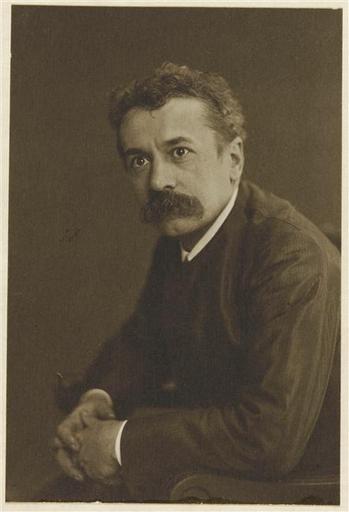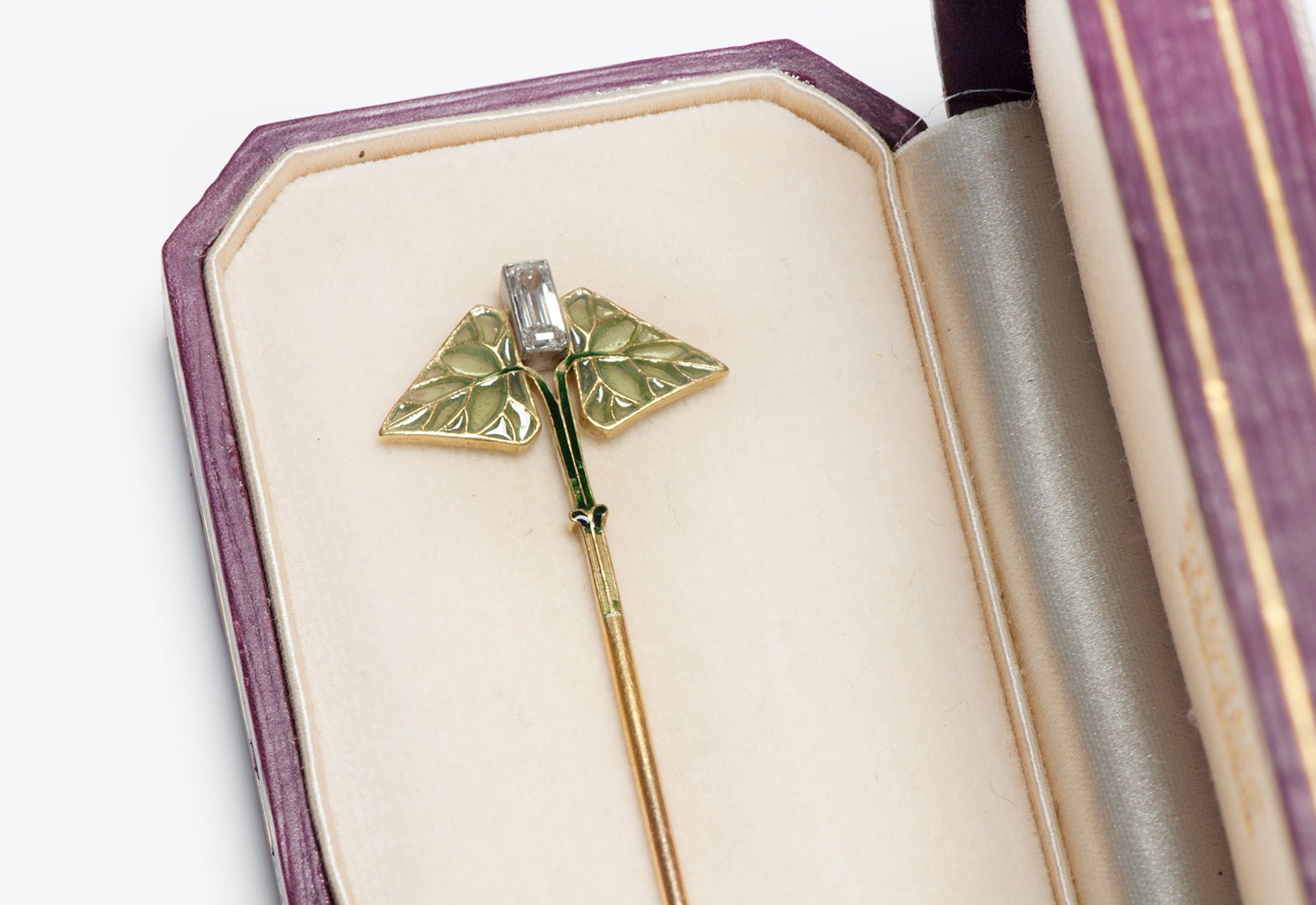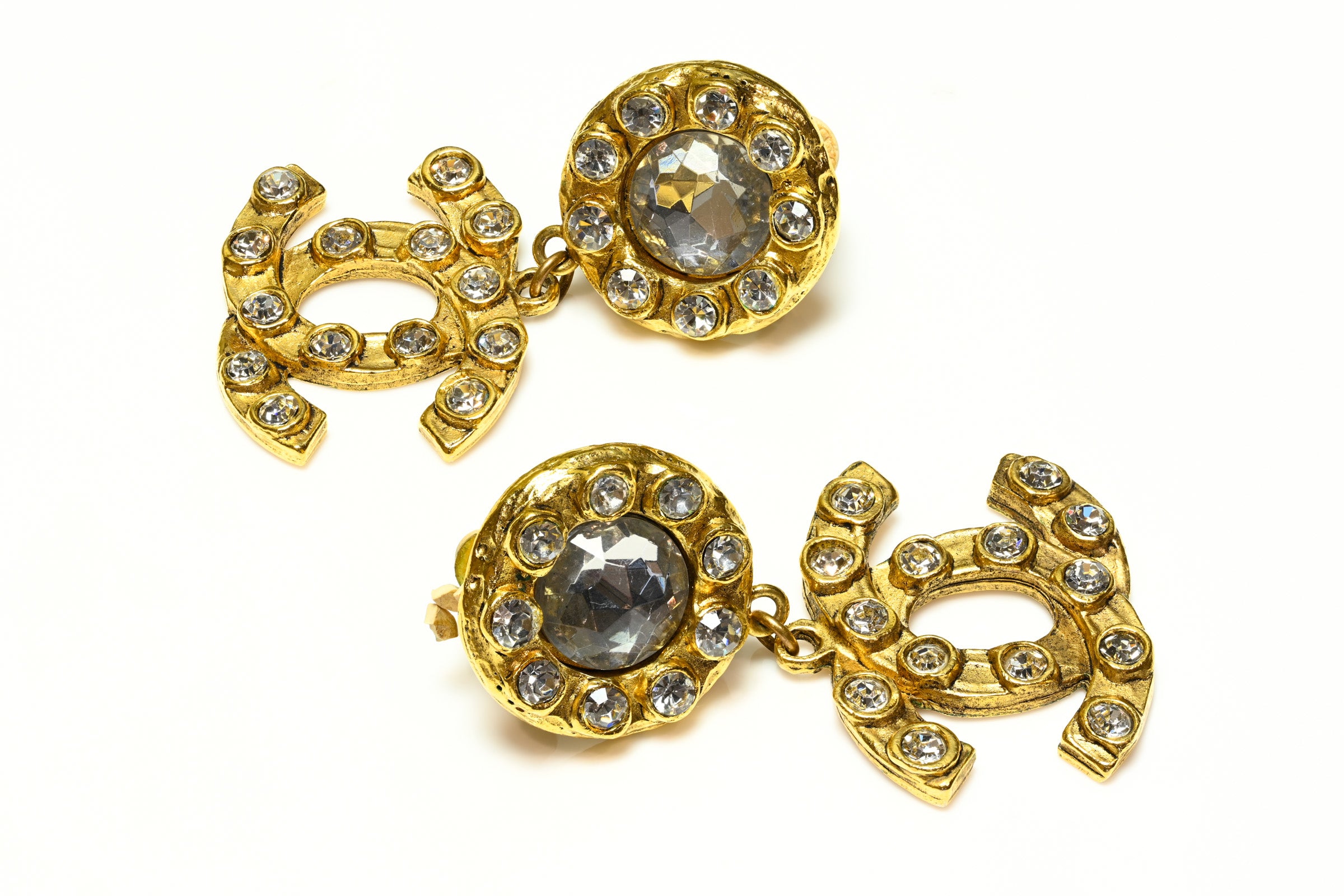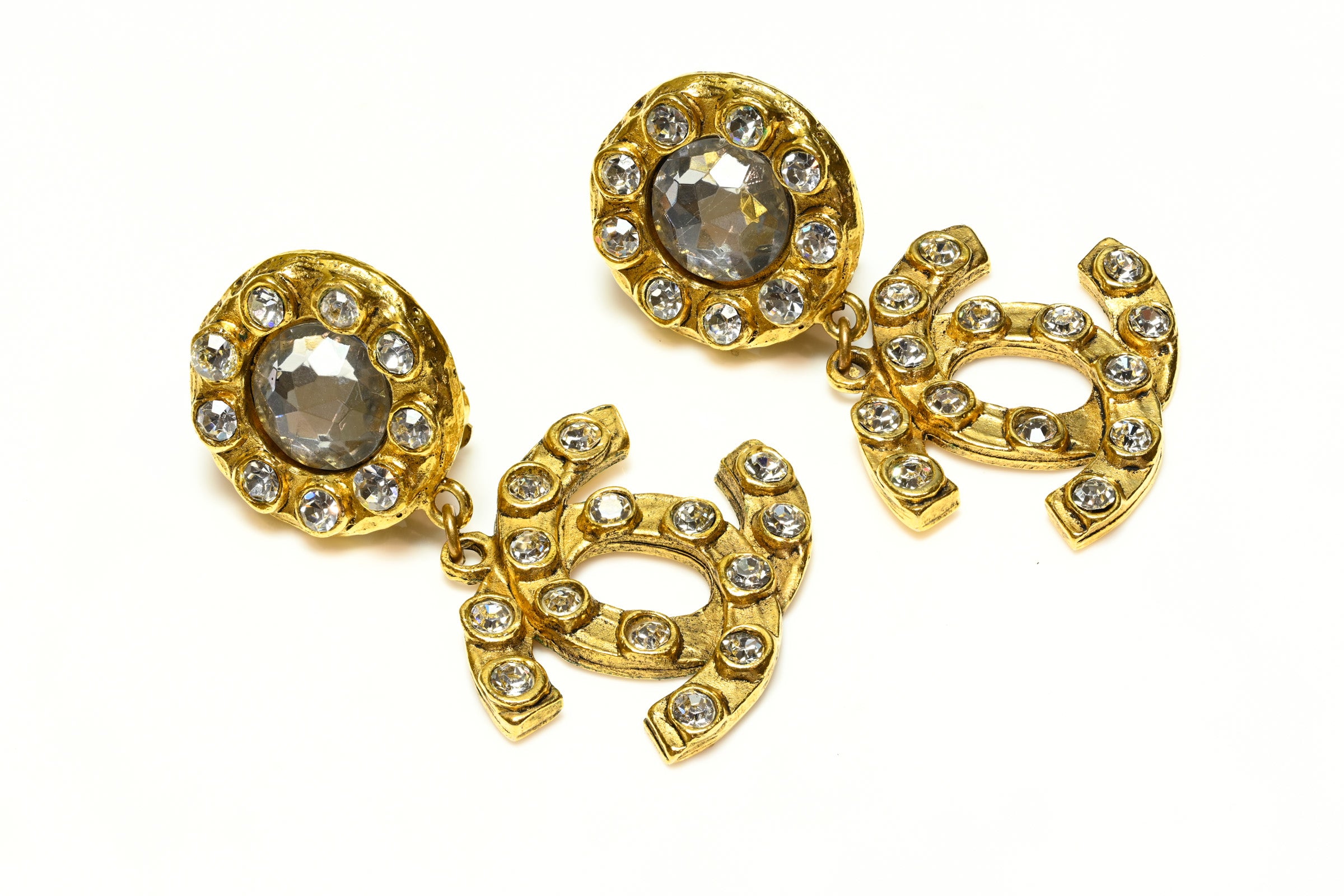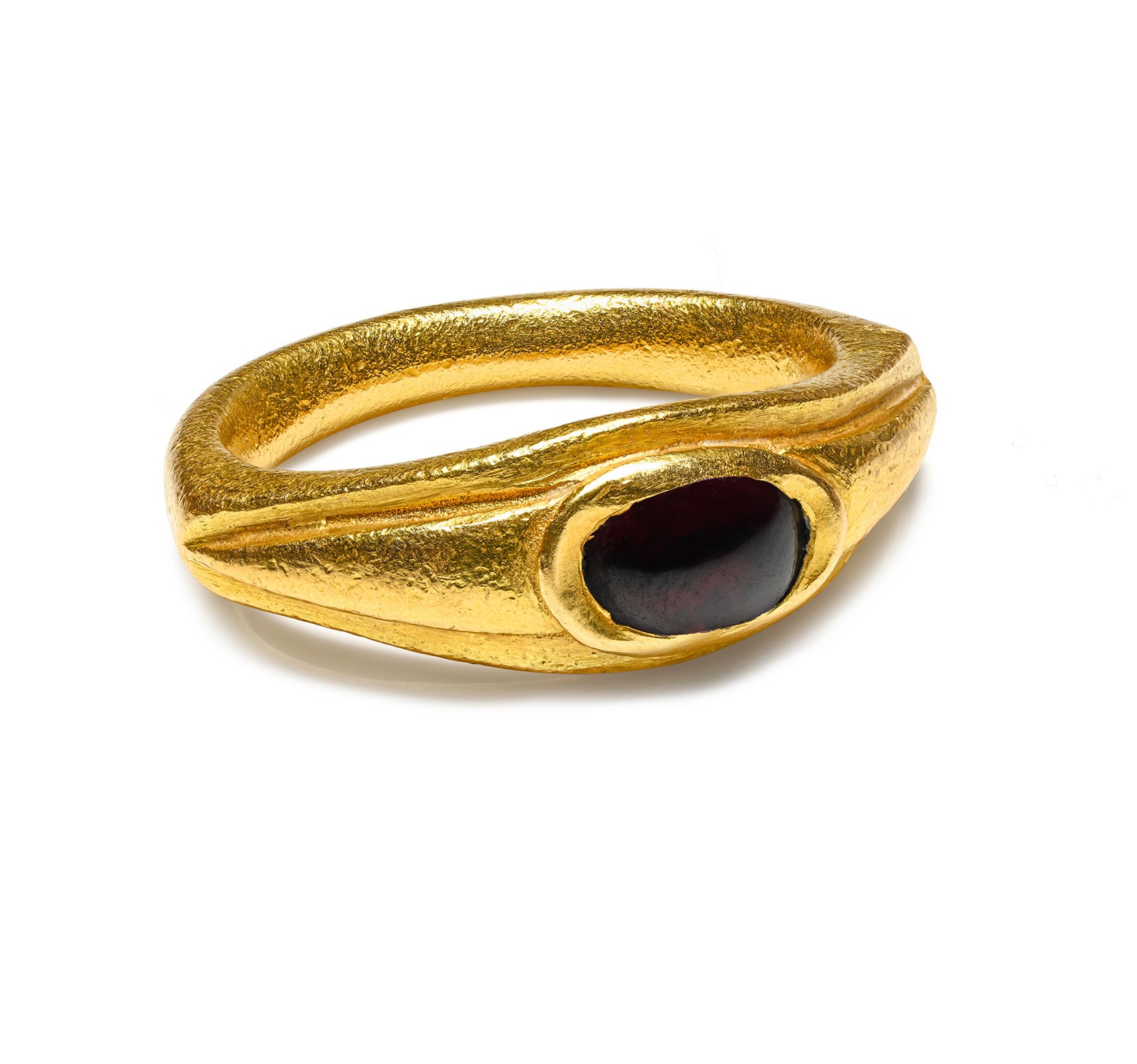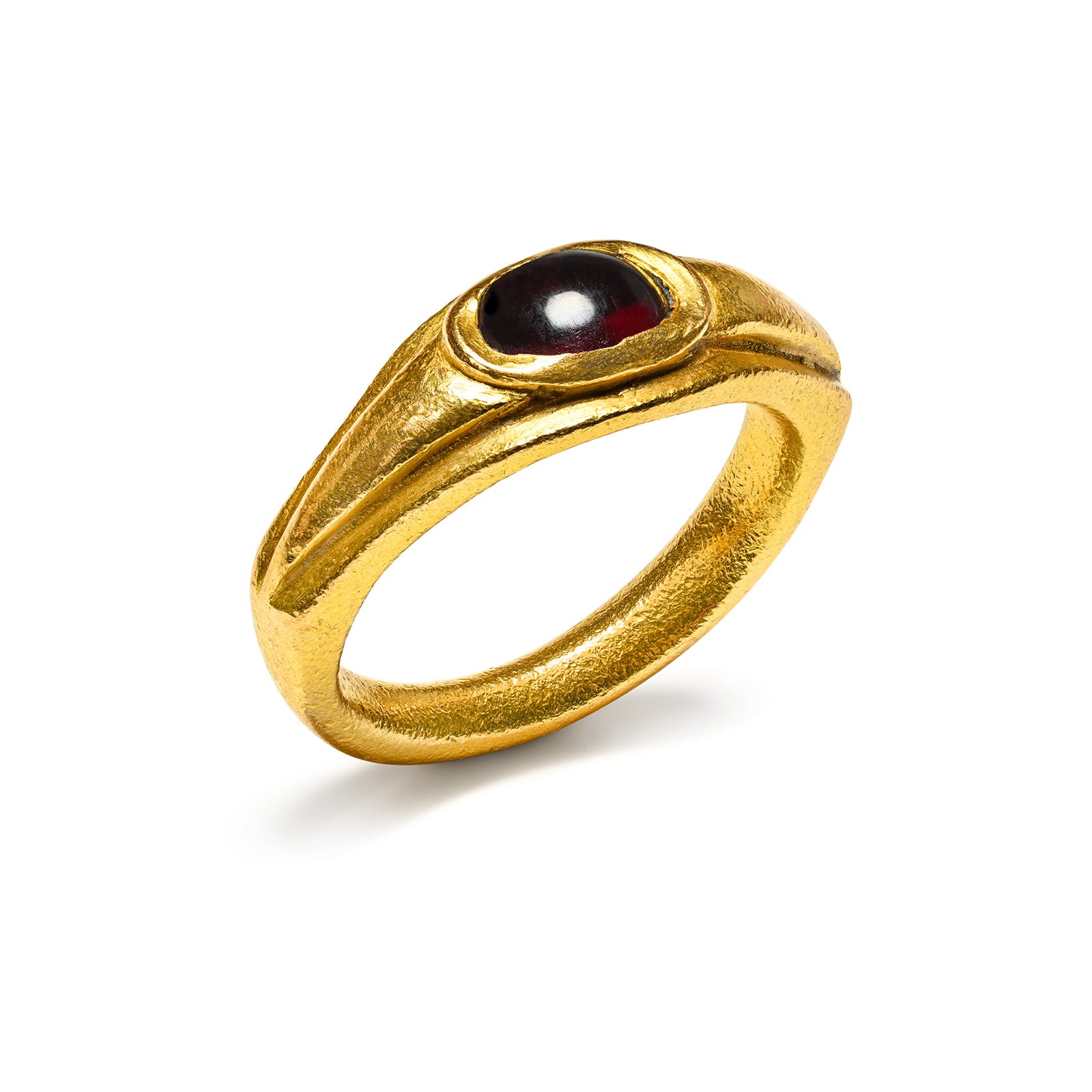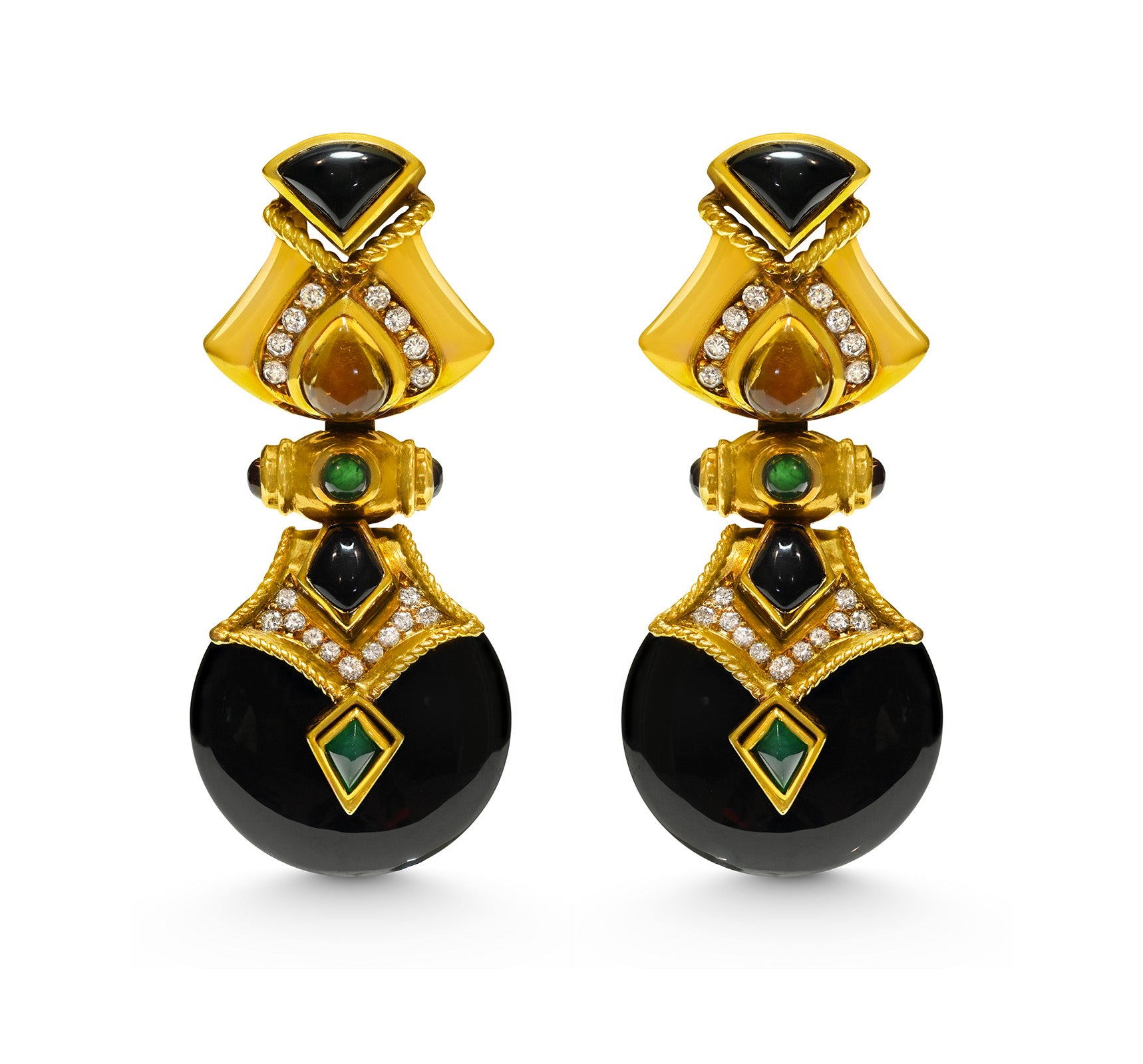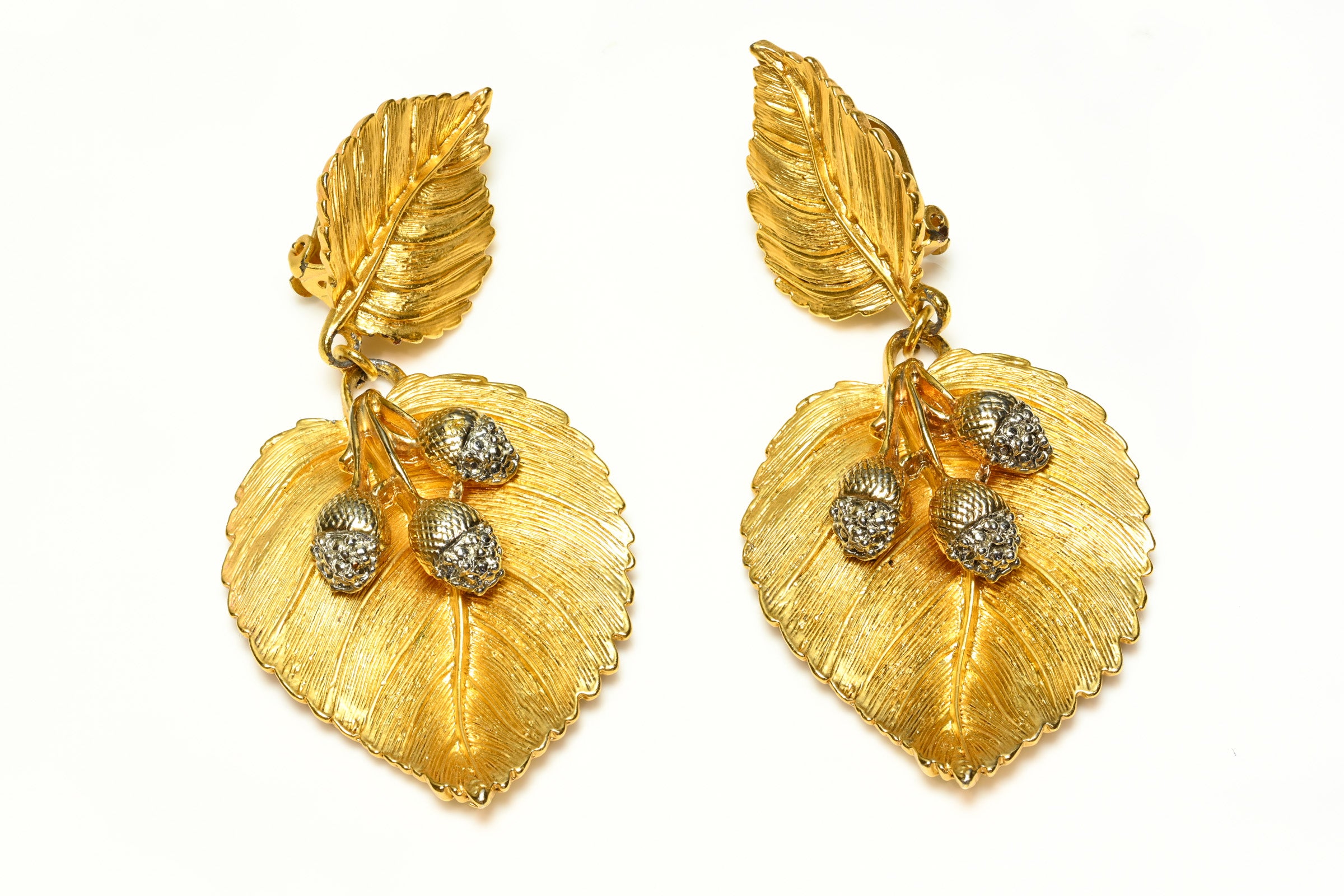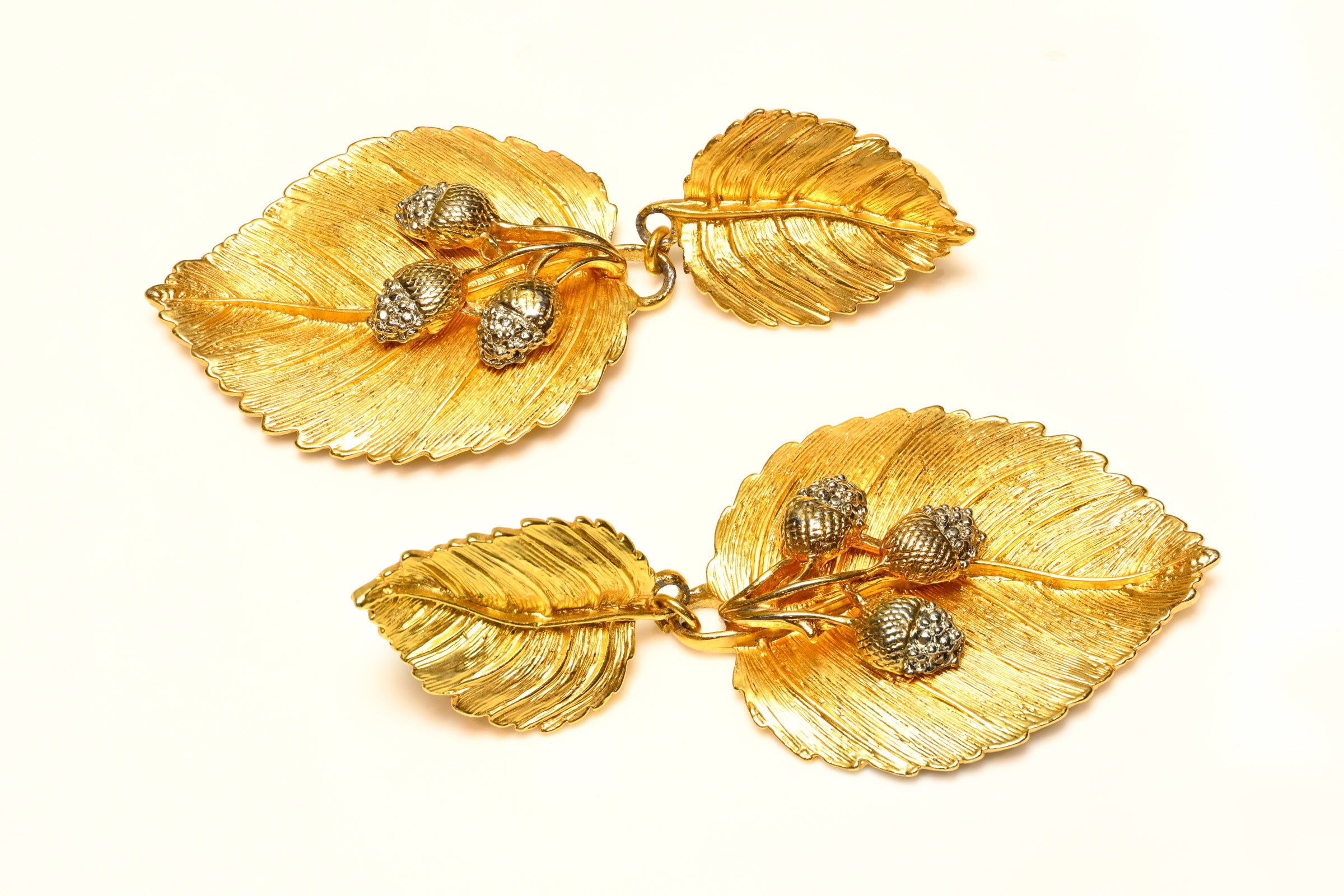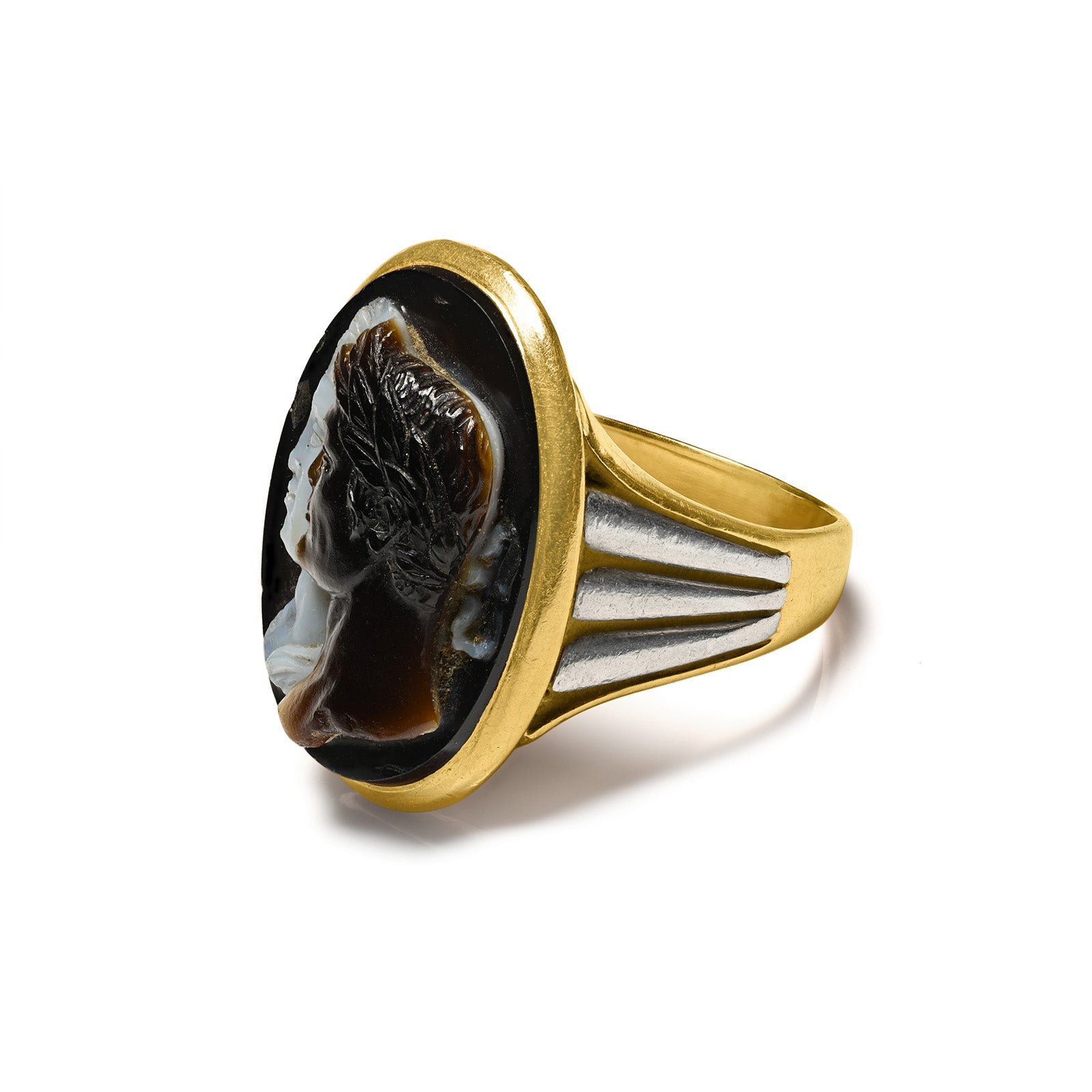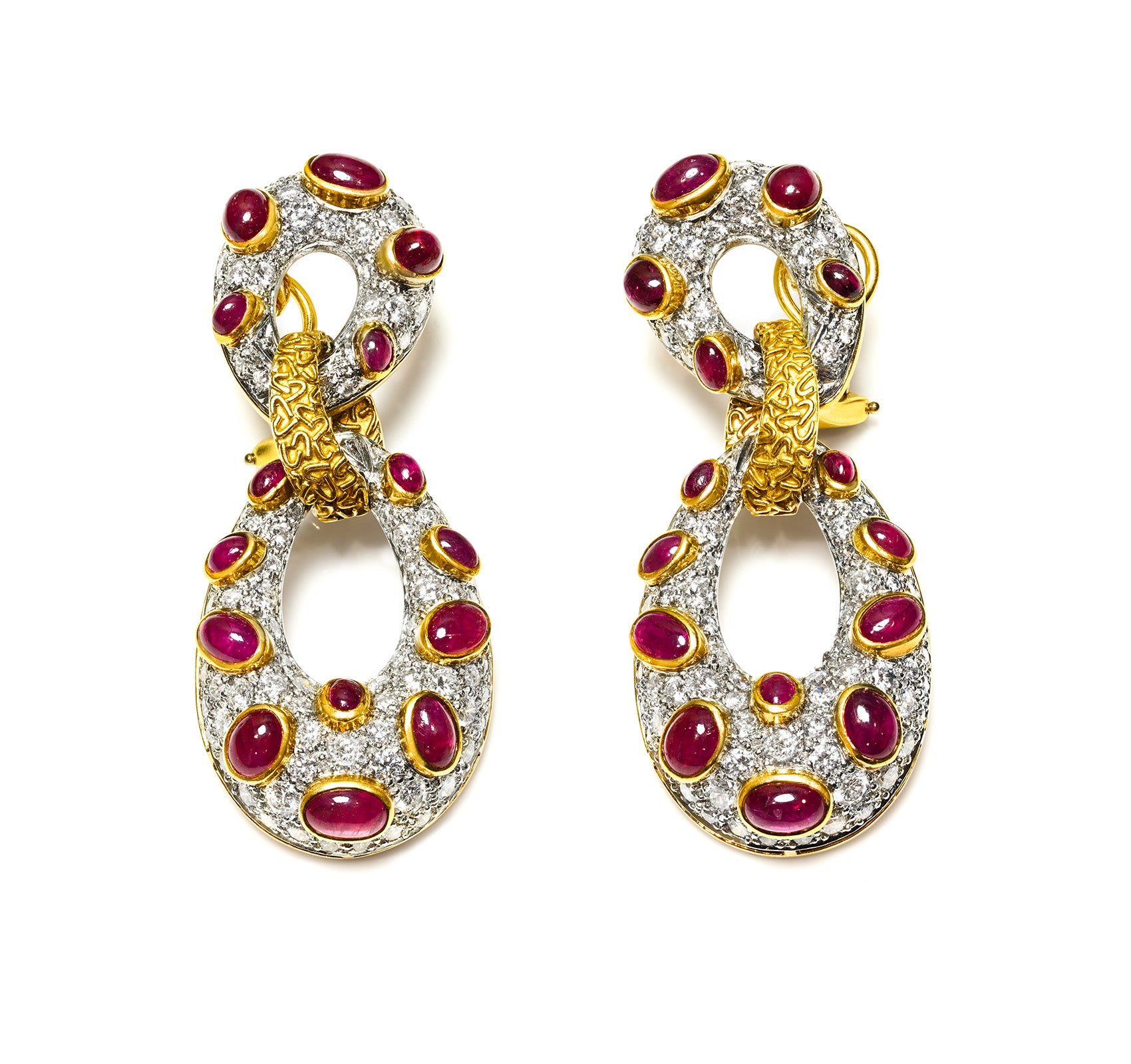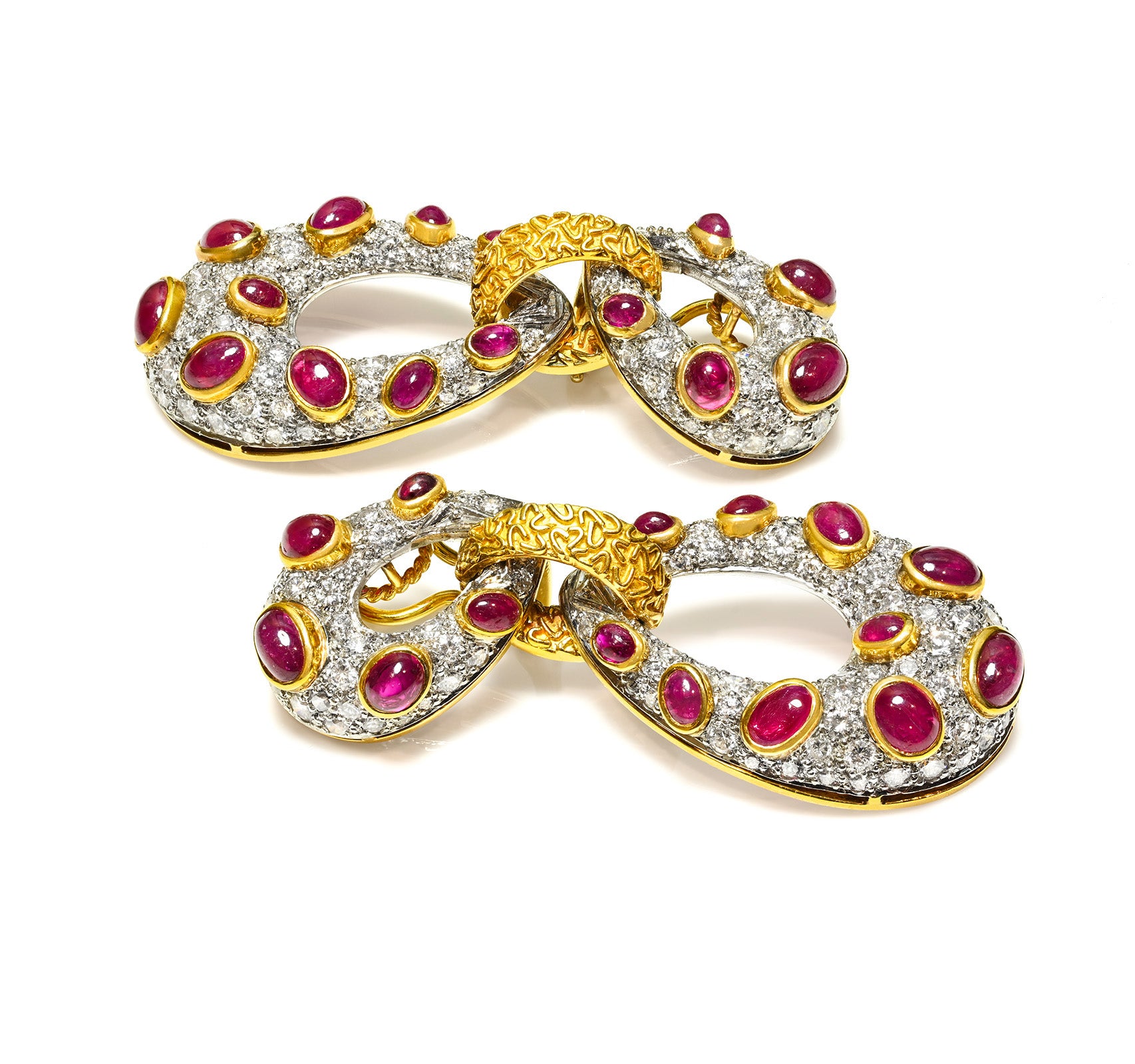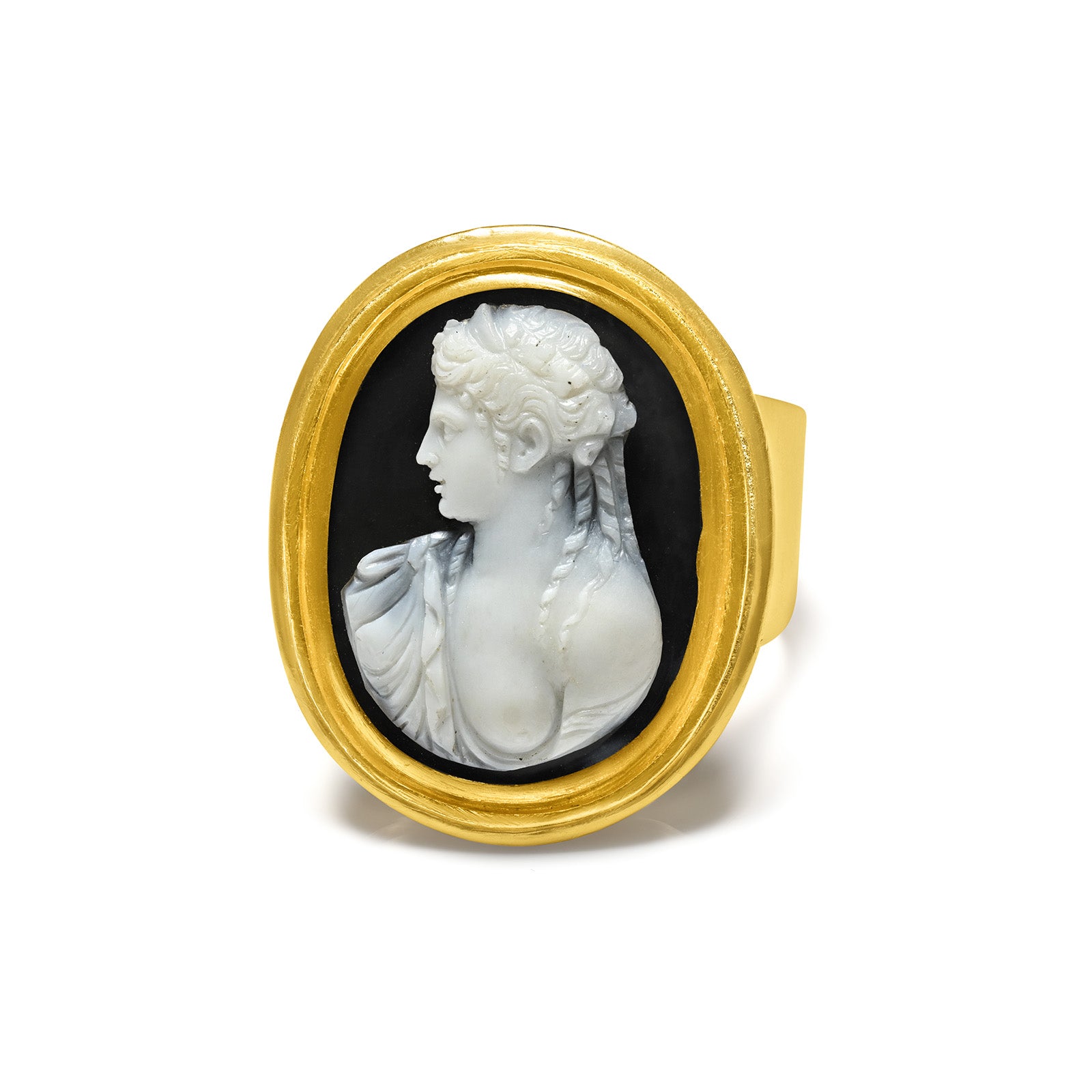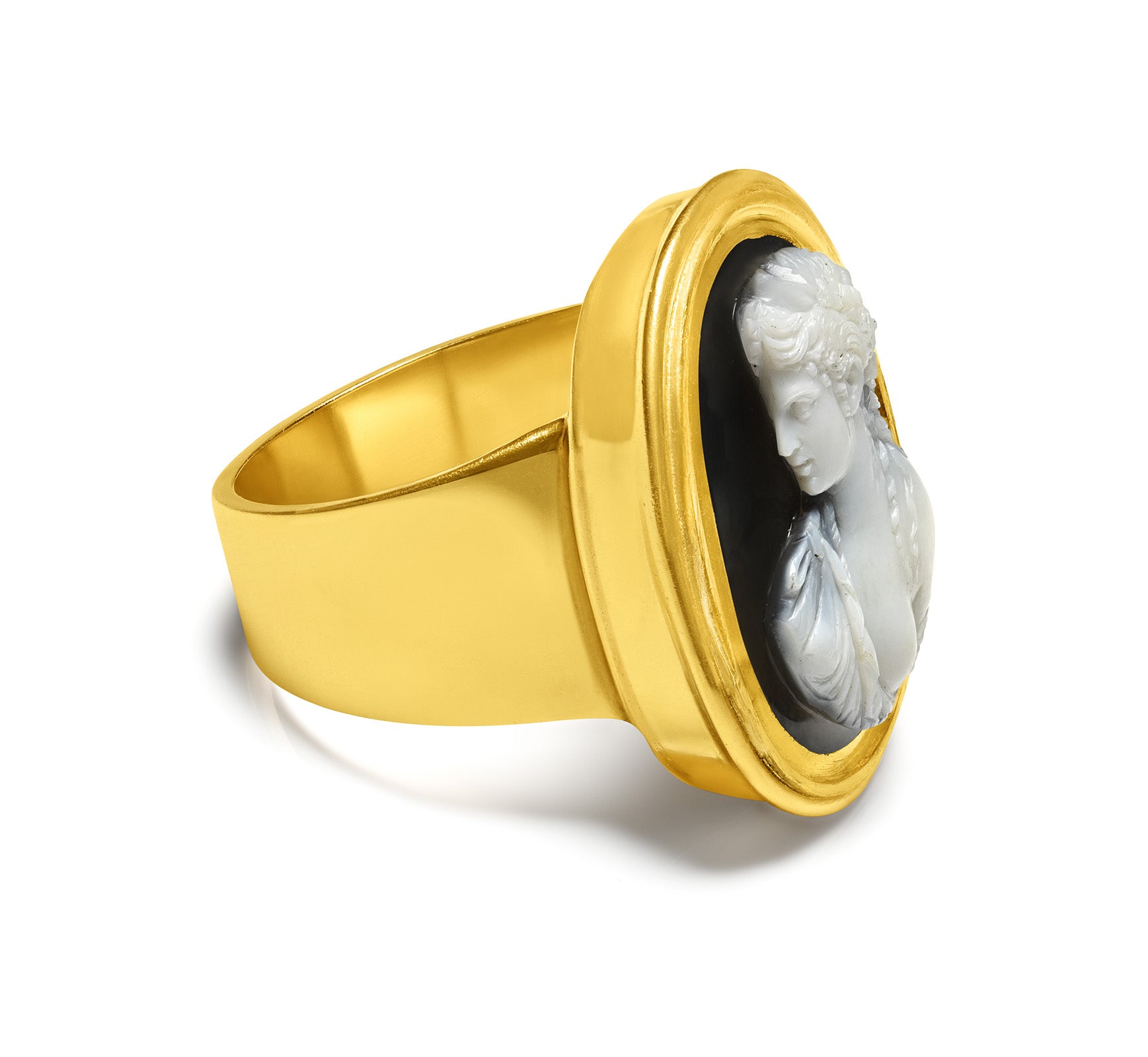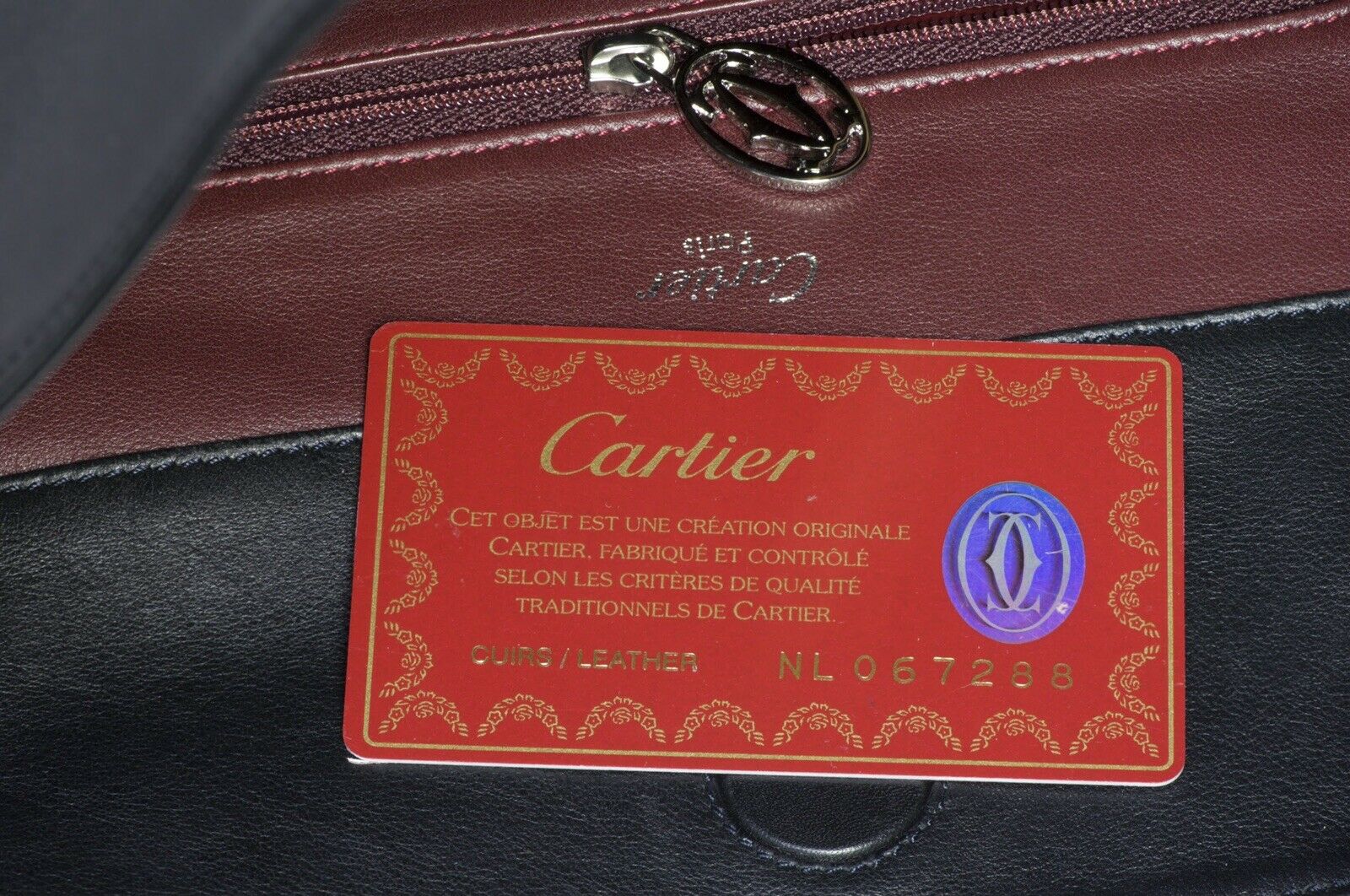
Louis Cartier - The Story of a Brilliant Jewelry Designer
The House of Cartier is legendary, with Louis Cartier being its shining star. He set the standards of beauty and refinement in the world of jewelry. Do you want to know his fascinating story?
In the Paris of the Second Empire, when the whole city was being rebuilt according to the urban plans of Baron Haussmann, Cartier settled in the Italian Boulevard and started to compete with the great jewelry salons of the time: Bapst, Sauvenat, and Boucheron. All of them made pieces of great artisanal perfection, but none of them dared to bring back models inspired by the historical styles of previous eras.
In fact, Louis Cartier's innovation lay not only in his designs but also in reviving and reinterpreting these historical styles to create something uniquely modern yet timeless.
After the fall of the Empire and the bitter days that followed, Paris would once again become the cosmopolitan capital and world center of elegance. Rue de la Paix saw the splendors orchestrated by Worth, Guerlain, Vever, and Meller, whose prestige attracted the European and American elite.
This strategic move of opening the first store in Rue de la Paix in 1899 was crucial in elevating Cartier’s international reputation as a luxury brand. Cartier’s success was not merely based on craftsmanship but on understanding the aspirations of a rising global elite that craved distinctive luxury.
In 1873 Alfred Cartier joined his father Francois's company as an associate, and in 1874 he married a bourgeois woman from the province. Times were changing, they were very restless and creative. This period marked a significant shift in fashion where luxury became more accessible to a broader audience. Paris became a "ville lumier" and the "Belle Epoque" began to be animated by the presence of European elites who frequented trendy bars and cabarets.
Among all those aristocrats and millionaires who visited jewelry and fashion houses, Francois Cartier's commercial talent and exquisite artistic mastery attracted "giants" such as Vanderbilt, Rockefeller, Morgan and other prominent figures who turned jewelry into a symbol of status and wealth.
Cartier’s ability to cater to the tastes of this emerging elite secured its place as the jeweler of choice for royalty and wealthy patrons alike. Between 1904 and 1939, Cartier was appointed official purveyor to no fewer than fifteen royal households. This included King Edward VII and King Chulalongkorn of Siam, whose legendary purchase of $450,000 worth of bracelets is still remembered today for its sheer extravagance, as Nadelhoffer recounts in "Cartier: Jewelers Extraordinary".
These royal commissions were not just transactions; they were symbols of status, wealth, and the unparalleled trust Cartier had built.
"America, America - here's the success," Francois told his son and nephew, thinking of the huge profit the New York branch could bring.
The establishment of the New York store on Fifth Avenue in 1917 marked a significant moment in Cartier’s global expansion. The legendary exchange of the Fifth Avenue mansion for a pearl necklace highlighted Cartier’s ability to capture the imagination of the American elite.
The House of Cartier Flourished
In 1894, Francois, the founder of the Cartier house, returned from Russia where he had just come out of a collaboration with Carl Faberge, while his nephew Louis was taking his first steps as a brilliant and creative designer, being recognized for his talent among the jewelry artists that dictated the fashion of the whole world. The idea of "baquette" diamonds, which had just been born, is Louis's innovation.
Louis Cartier had an unmatched vision, a fine line between artistic mastery and business acumen. He admired the craftsmanship of 18th-century France but saw the potential in integrating the geometric lines and exotic elements of Art Deco, which would soon take the jewelry world by storm.
Louis was also the first to introduce platinum in jewelry—a bold innovation that allowed for more intricate and delicate designs. His use of platinum became synonymous with Cartier’s modernity, enabling diamonds to take center stage in airy, lace-like settings that revolutionized jewelry design by offering a lighter yet stronger alternative to traditional metals like gold and silver.
The introduction of platinum into Cartier’s designs is often attributed to Louis Cartier around the early 20th century, with 1899 widely recognized as the year this shift began. It was after Cartier moved to Rue de la Paix in 1899 that the firm started to fully embrace this metal, allowing for greater innovation in its creations.
The famous jeweler often had contradictions with fashion designers, who were irritating him because of the lack of harmony between the dresses with his jewelry pieces. "I have a wide and fine geometric line in my head, the model and the jewelry are in contradiction and destroy the outfit."
Louis Cartier was well known for his exploratory and avant-garde talent. Many cannot explain why he did not join the Art Nouveau artistic movement, which caused a stir among the elegant designers of the time. While Art Nouveau embraced organic forms, Louis Cartier had a vision that transcended the trends of the time, aiming for designs that would remain timeless and elegant, rather than fleeting.
Rene Lalique, who worked for Cartier, was at that time the undisputed king of fashion in the world of Art Nouveau jewelry. Louis Cartier seems to have had the same idea as Oscar Wilde, who said: "too much modernism can run the risk of passing away immediately." And so it was, as Art-Nouveau was an interesting but fleeting phenomenon.
The Visionary Approach of Cartier
Cartier envisioned the future of jewelry as a service to a new clientele, the elite of the bourgeoisie eager to assert its right to luxury. The Tiffany House also studied the situation - as evidenced by the jewelry made for the Castilian-Gould wedding. Also, many workshops took into consideration certain transformations. Louis Cartier decided to work with platinum, being the first to impose this metal in the fashion world.
Mining in the platinum mines grew day by day, and this malleable white material, which did not oxidize at any temperature and resisted the action of any acid, allowed the creation of an infinite number of mounts. For the platinum mount, the king of precious stones, the diamond, announced his triumph, because the stalls that supported the stone made the mount basically invisible.

Louis Cartier (drawing by Emilie Friant)
He later came with a new project: a line of watches based on French watches from the 18th century. With the influx of a new less refined clientele, the 19th century focused more on the utilitarian aspect, than on the artistic one, in making watches.
Cartier's brilliance was in its adaptability. Whether designing jewelry for European royals or launching the 'Santos' wristwatch after a request from Brazilian aviator Alberto Santos-Dumont, Louis Cartier could blend practicality with luxury, all while maintaining his brand's refined allure. This keen understanding of evolving customer needs helped Cartier shape global jewelry trends.
The Worth-Cartier union and the lucky number 13
For Louis Cartier, the new twentieth-century announced the need to revise the values that imposed a new aesthetic of jewelry and watches. The Worth-Cartier alliance takes place through the wedding between Louis and Andree-Caroline, the daughter of Jean-Philippe.
In 1898, the premises in Rue de la Paix number 13 were bought by Cartier, and the clients from Worth (fashion salons) also frequented the Cartier jewelry stores that were very close, and no. 13 becomes legendary as the lucky number of Louis Cartier. The Cartier headquarters had 13 workshop operators, 13 salesmen, and 13 helpers.
Cartier salespeople had to be bilingual, to know all the intricacies of jewelry design, drawing, mineralogy, and, in addition, to know the great people who were visiting Paris, and necessarily be dressed as real gentlemen.
With that famous number 13, Cartier becomes the world's first jeweler. He had the talent and sensitivity that made the French "spirit" famous. He was creative, had a refined taste, and was at the same time exceptionally gifted as a public relations businessman.
The House of Cartier Shines Ever More Brightly
The death of Queen Victoria suggests an improvement in Franco-English relations. For the old queen, France was "the most frivolous country in the world," but her son, the Prince of Wales, adored Paris and took every opportunity to visit it even clandestinely. He became king at the age of 60 and among the last purchases he made from the Cartier company were a bottle of Chinese-style perfume and a magnifying glass adorned with diamonds.
His wife, Queen Alexandra, also ordered an Indian chain adorned with 94 "cabochon" emeralds (oval shape given to the stone) and 71 pearls. Under the protection of the royal family, Louis Cartier opened a large store in London in 1902. He left it in the care of his brother, Pierre Cartier, then 24 years old.
A few years later, he opened another store in New York, which would be entrusted to the youngest of the brothers, Jacques Cartier.
One of Louis Cartier's great talents was undoubtedly that special sensitivity to perceive changes in trends so that later his revolutionary and astonishing creations would satisfy new aesthetic tastes.
New Developments for the House of Cartier
Louis divorced Andree-Caroline, while the Worth house remained fixed in the old days, not understanding that restlessness of color and movement that was already promoted by another famous French designer, Paul Poiret, who worked with the Spanish designer Garcia Benito.
After the First World War, in 1916, Louis Cartier collaborated with the Couet brothers to create the "Mystery" watch, which was one of his great achievements, during which time he met and collaborated with Jeanne Toussaint. Jeanne comes with the "S line" of handbags, various silver objects, beautiful "travel necessaries", etc.
Louis Cartier will marry for the second time the Hungarian Countess Almassy. In 1925 the Cartier house imposed on its line of jewelry precious elements such as platinum, diamond, crystal, onyx, imperial jade, ruby, coral, and emerald which are literally "embroidered" on the flowers and fauna excessively used in Art Nouveau.
The years of crisis followed, the "black Thursday" took place on Wall Street, but Louis Cartier seemed to have found in that creative fever the power to forget all the problems that were suffocating the whole world; but a severe heart attack forces him to give up everything. From this moment (1933) Jeanne Toussaint is in charge of the whole business. The House of Cartier gave up platinum because it was expensive, and switched to gold mounts.
Time passes and on July 24, 1944, a simple note appears in the newspaper "Aujourd 'hui" - Louis Cartier died yesterday in New York after long-suffering. The great genius of the sumptuous arts of the twentieth century disappeared.
The name Cartier is today a myth, a legend associated with very refined tastes. He was the jeweler of European royal houses and American billionaires. Louis Cartier's great creations are pieces that are now listed at international auction houses as true works of art.
Today Cartier is a multinational company for which hundreds of designers, assemblers, administrators, salesmen work, trying to maintain the line of elegance, distinction, and good taste that has characterized this House since 1847.

